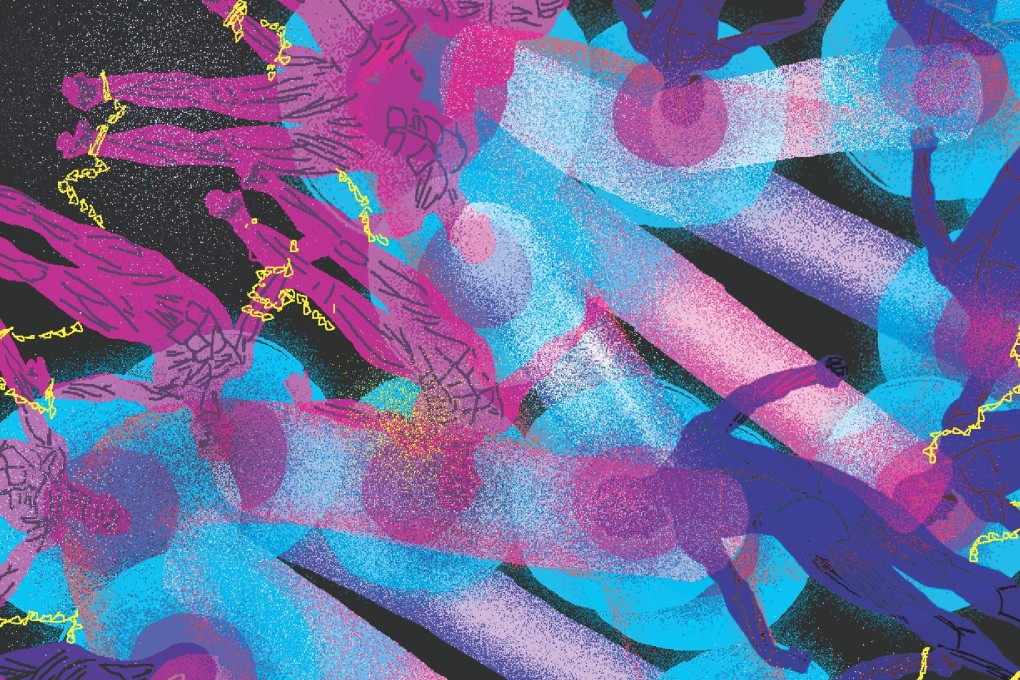DNA studies shed light on genetic mixing across four continents
DNA study provides subtle details on the ancestry of people in the Americas, particularly the effects of conquest and the slave trade

The internet and modern genetics have been a pair of high-wattage searchlights slicing through one of the darkest periods of modern human history: more than three centuries of conquest, slave trade and population displacement in the Americas.
Historians can now sort through ship manifests once scattered across continents and even search a database for the names of slaves uprooted from Africa and brought across the Atlantic. And anyone who can afford it can trace their ancestry through commercially available DNA tests.
But just as spotlights dissipate over distance, these modern methods often turn up broadly hazy answers.
Recent studies, however, have added more subtle details to genetic mixing across four continents. The latest, published online in the journal Nature Communications, charts the strength of African and European genetic influence in the Americas and turns up hitherto unidentified ancestry traces, such as Basque lineages in South America.
"In the past, people have been comparing a European sample and an African sample," said study co-author Cristian Capelli, a geneticist from the University of Oxford. "We tried to see if within these populations there was additional information that was missed."
Instead of lumping genomes by relatively broad national and geographic regions, the researchers sorted 1,414 individual whole genomes by genetic patterns - sets of individual DNA variations that tend to be inherited together, called haplotypes.
That method grouped genomes into more than 70 clusters. For example, genomes that would previously have been termed "Spanish" were sorted into five clusters, two of which appeared to have no influence on any of the genomes sampled in the Americas, the study found.